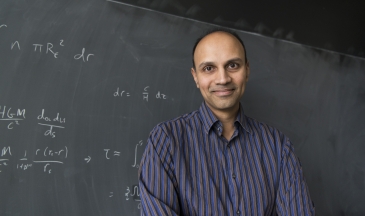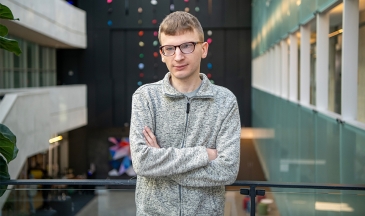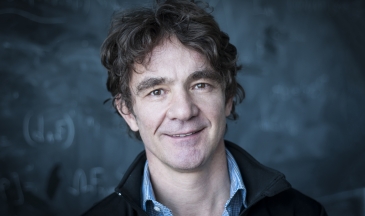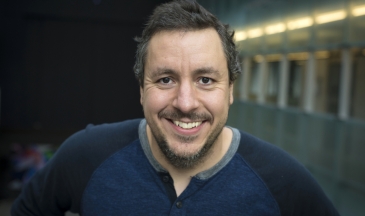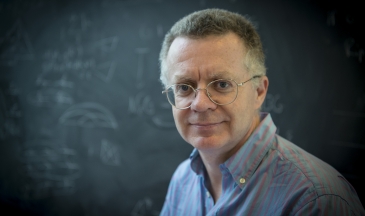People
616 results

Director, Perimeter Institute
BMO Financial Group Isaac Newton Chair in Theoretical Physics
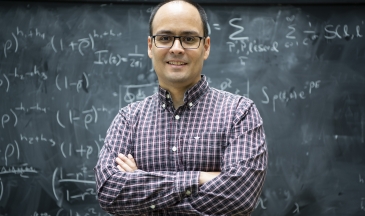
Deputy Faculty Chair
Gluskin Sheff/Onex Freeman Dyson Chair in Theoretical Physics
Stavros Niarchos Foundation Aristarchus Chair in Theoretical Physics
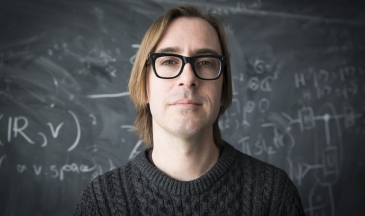
Krembil William Rowan Hamilton Chair in Theoretical Physics
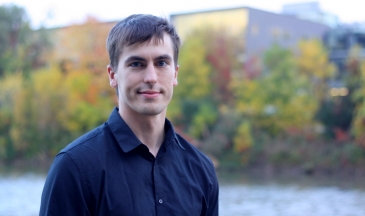
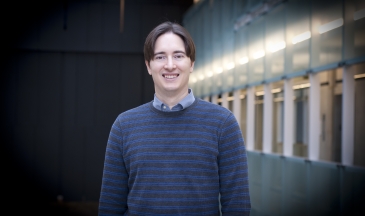
Krembil Galileo Galilei Chair in Theoretical Physics


